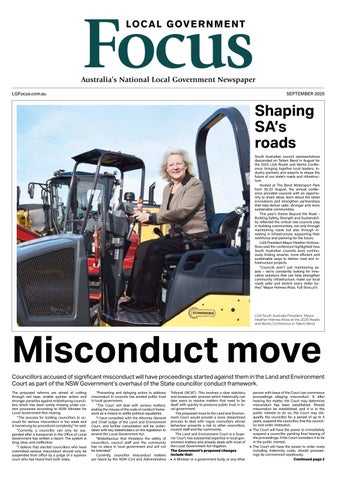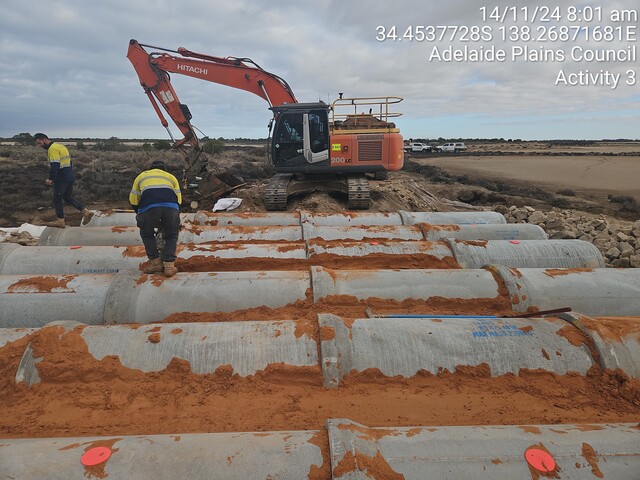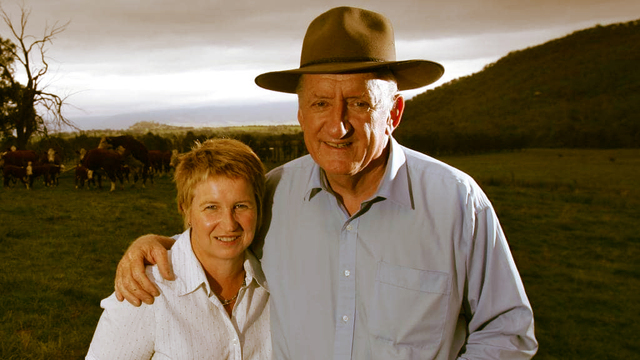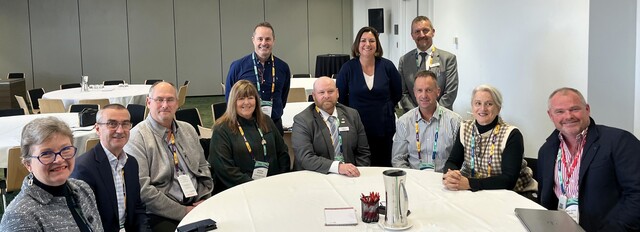More than local issues
The Good Oil by Rod Brown*
Last month’s decision by Mitsubishi to close its engine assembly plant at Lonsdale in Adelaide’s south raises significant national issues. While around 700 jobs will be lost, with another 2,700 jobs at risk at the company’s assembly plant, it has sent shock waves through not only South Australia, but also Canberra.
At the political level, there are three marginal seats in Adelaide that could determine the outcome of the Federal election later this year. One of these is the seat of Makin which is held by the now well known Trish Draper MP.
At the economic level the flow on effects to component suppliers could be very significant, with an impact also being felt in Victoria. There is also concern about the Mitsubishi decision reawakening old negative perceptions and harming South Australia’s ability to attract new investment. I will return to this.
But can Mitsubishi Australia survive?
On the negative side Mitsubishi Australia’s operations in Australia have always been relatively small scale. In an industry that cries out for scale economies, market forces are continually pushing towards further concentration – and three auto manufacturers in the form of Ford, GM-Holden and Toyota could be the long term outcome. The likelihood that consumers will shy away from buying Mitsubishi vehicles due to doubts about future supplies of spare parts is an additional factor. Also the Federal Government cannot offer direct assistance to Mitsubishi because the ink is hardly dry on the most recent Automotive Plan.
On the positive side Mitsubishi is flagging the possibility of becoming a contract supplier to other auto manufacturers. This is plausible given the odd alliances that are now commonplace in the world industry. Another plus is the Mitsubishi parent company’s huge and diverse interests. Adelaide could be thus attractive for activities outside automotive, particularly given that Adelaide is cost competitive.
Despite the rust belt label that lingers Adelaide has real manufacturing credentials and has traditionally had the best IR climate in Australia.
The recent Competitive Analysis by KPMG confirmed this when it compared business costs in North America, Europe, and the Asia-Pacific in 121 cities. The document, available at www.competitivealternatives.com, concludes that Adelaide is:
- number one most competitive city for business in Australia
- number three in the world out of the 25 cities in its population bracket of (500,000 – 1.5 million)
- number three most competitive city in the world in automotive, metals, food processing and IT
- number ten most competitive business city in the world.
University of Canberra insights
The circumstances of Mitsubishi Australia are timely in the context of a pilot research project led by Professor Brian Roberts of the University of Canberra on the status, performance and requirements of clusters in Australia. Professor Roberts notes that clusters are the drivers of advanced economies such as the USA, Japan, France, UK and so forth.
He documents the success factors for clusters – strategic leadership, quality infrastructure, networking, market intelligence, organisational capacity building and maximising the use of endowed resources. Collectively these factors create an innovative milieu and the ‘strategic infrastructure’ needed to support cluster development.
In many respects the automotive industry in Adelaide has most of these success factors. The KPMG analysis supports this. My own research points to Adelaide as home to a reasonably strong automotive cluster on the basis that there is quality infrastructure, social capital and workplace practices that have built up over many years.
Supporting the major companies is an intricate milieu of 60 significant suppliers who collectively know how to make cars. The fact that Mitsubishi may become a less significant part of that milieu doesn’t mean that clusters don’t work.
Strategic collaboration
A key message of the University of Canberra research is that industry policy in Australia would be more effective if it reflected a broader strategic approach to accommodate the fact that clusters depend on each other to drive competitiveness and to realise collaborative business opportunities.
Public policy must aim to develop inter-regional and international cluster linkages, because global trade involves transactions between clusters of producers in different geographic locations.
The future viability of the South Australian automotive industry hinges on its ability to integrate with other nodes in Victoria and overseas. Federal policy can facilitate this, and the South Australian and Victorian Governments have the opportunity to shape collaborative industry outcomes rather than trying to compete head on for auto companies to locate in their respective states.
The Free Trade Agreement with the US, an impending FTA with Thailand and our solid relationship with Japan also provide possible frameworks.
Infrastructure issues
Professor Roberts’ call for region specific strategic infrastructure is also timely. Investors want to know that the hard and soft infrastructure can support their enterprise. This applies not only to the automotive industry in Adelaide, but to any region and/or industry. A number of local councils are now heavily involved in this, but there are many that are not.
The issues include knowing what type of regional/local strategic infrastructure is required, who should provide and maintain it and how it can be leveraged to the advantage of firms.
Policymakers and businesses need to examine carefully what strategic infrastructure is needed to support business growth. This is an area of major weakness and the announcement of the Federal Government’s Auslink program on 7 June to better coordinate transport infrastructure may provide an opportunity to address this issue.
Strategic infrastructure is vitally important for the growth of most industries and there is considerable evidence of its role in the development of the food, tourism, biotechnology, engineering and multimedia industries to name just a few. Their competitive advantage can be further improved by policies to facilitate clusters, networks and strategic alliances.
This is the lesson from the success of our wine industry where well developed infrastructure and four major conglomerates have built strong regional wine clusters. These now serve as the foundations of the national wine industry.
Better integration of transport infrastructure with other forms of infrastructure – energy, telecommunications, land and water – is a further step.
I predict that this will become a key public policy goal in the near future. The nation cannot afford the current efficiency losses.
Most of the above issues are important to the long term viability of Adelaide’s automotive industry. Indeed, they apply to any industry where scale economies, international competitiveness and technological strength are important.
* Rod Brown’s Canberra based consultancy group, Australian Project Developments Pty Ltd, specialises in industry/regional development and government liaison. For further information telephone (02) 6231 7261 or email apd@orac.net.au







